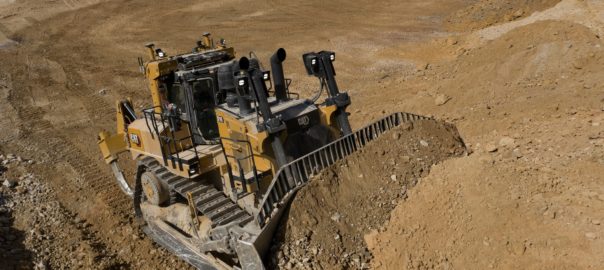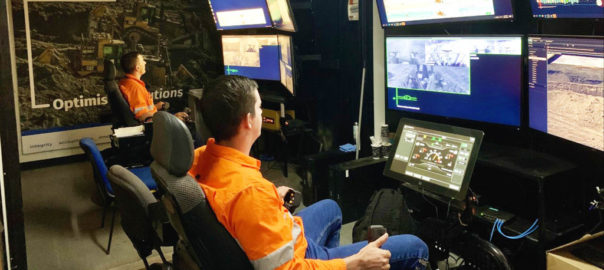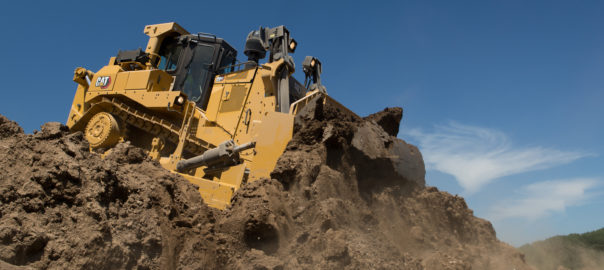Caterpillar previewed the new Cat® D10 dozer at this week’s MINExpo 2021, in Las Vegas, this week, with the machine set to offer more productivity with less fuel consumption and maintenance, Cat says.
The Cat D10 series dozers have a well-earned reputation in the industry, with the new machine continuing this tradition, being designed to do more with less. Improvements to the drivetrain, hydraulic and cooling systems reduce fuel consumption by up to 4% while increasing productivity by up to 3%. Greater component durability, service improvements and technology integration deliver a reduction in overall owning costs, according to the company.
The dozer’s optimised drivetrain features an updated Cat C27 engine paired with a new stator clutch torque divider. Extended oil changes and integrated fuel lines increase the time between service intervals and enhancing reliability of the C27 engine. Different after-treatment solutions are available to meet the needs of the global market, including configurations to meet US EPA Tier 4 Final/EU Stage V regulations as well as emissions equivalent to US EPA Tier 2.
Boosting productivity in downhill dozing applications, the new D10 comes standard with high-horsepower reverse, which offers up to 20% more power in reverse gears. Load-sensing hydraulics provide oil flow only on command, reducing parasitic draw to increase available power to the ground. Paired with a single-plane cooling system, these improvements increase operating efficiencies by up to 6%, Cat says.
Boasting an updated electronic architecture, the new D10 features a new operator cabin, infused with proven technologies. Operator efficiency and comfort are improved with a new 254 mm touch screen display offering intuitive machine operation, upgraded seat offerings, available 360° vision and improved visibility.
Future-ready, the electronic infrastructure provides seamless integration of proven Cat technologies like MineStar™ Command for dozing, which removes the operator from the cab through line-of-site or non-line-of-site remote control, Cat says. Technology updates to optional automated features such as AutoCarry™ and AutoRip improve efficiency and ease of use, reducing operator fatigue, increasing productivity and minimising machine wear by limiting track slippage.
New to the D10, Remote Flash ensures the machine operates with the most current version of on-board software, so the dozer consistently delivers high performance, maximum efficiency and minimum downtime. The service enables remote updates to the software at a time convenient to the mining operation, without interrupting the production cycle and reducing service time on the machine.
With its modular design and elevated sprocket drive, the D10 series is renowned for industry-leading serviceability and low maintenance costs, according to Cat. Further reducing downtime, the new D10 design features extended oil change intervals enabled by a larger engine oil sump. Its new, easy-access radiator door and single-plane cooling system reduces overall heat load and promotes easier cleaning. New push arm bearing inserts improve reliability and reduce overall rebuild time.
Multiple visibility offerings provide customers with different solutions to achieve their desired line-of-sight to the front, rear and around the dozer. Further enhancing operating visibility, an available four-camera system delivers a 360° view around the D10 and includes a ripper camera. Improvements to the powered access ladder with lockout protection elevate operator safety when entering and exiting the cab.
Availability of the new Cat D10 dozer is scheduled for mid-2022, Cat says.









